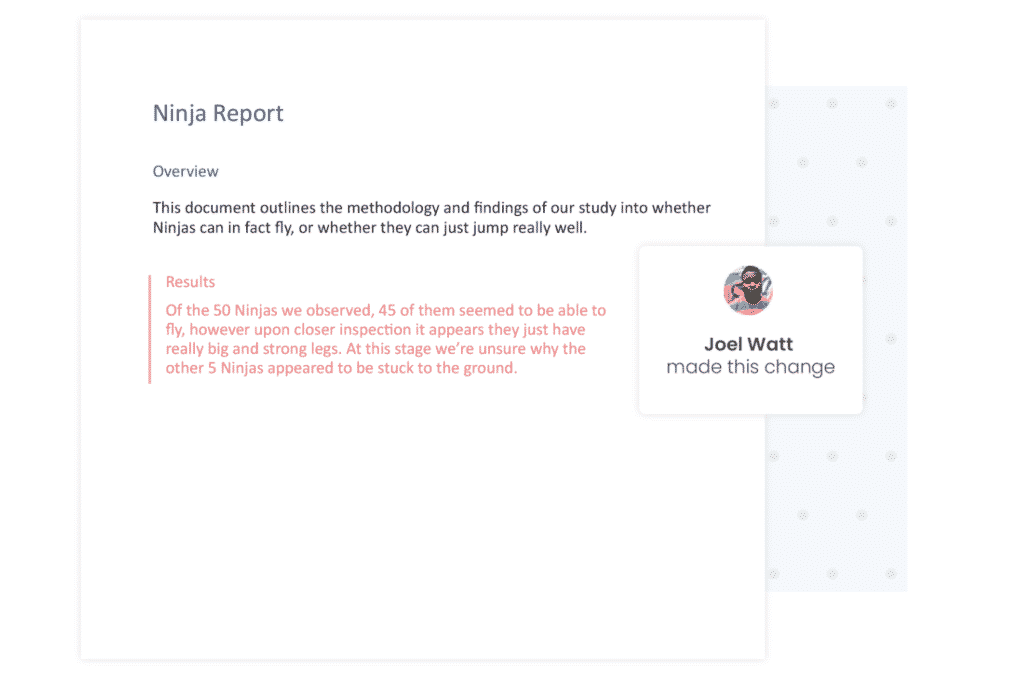Simul Blog
How to Add a Border to a Microsoft Word Document
Adding a border to your Microsoft Word document may provide the polished finished you are looking for. Microsoft offers a number of different style, size and colour options when it comes to borders, making sure there is a border to suit every project.

Inserting a border into your Word Document shouldn’t change the margin size or reformat your text. However, if you select a thicker border the margins may get slightly larger, forcing some of your text onto a new page, therefore it is always worth reviewing your document before pressing save or print after inserting a border.
The default setting when adding a border in Word is to add the border to the entire document. If you only want a border on the first page or every page except the first page check out of blog post here.
In this post, we will show you how to add a border to your Word Document and select the style to best suit your requirements.
Adding a Border to your Word Document
- Open Word
- Press the Design tab

- Press Page Borders

- In the Border pop-out window, select the style of border you would like to insert

- Press OK
You have now successfully added a border to your whole Microsoft Word Document.
To change the style or the width of your border simply follow the steps above and select your new style.
Need a better way to collaborate on a Microsoft Word Document?
How many times have you opened a Word Document that you are collaborating on with your team, forgot to press save before making your edits or you forgot to turn on tracked changes before you started editing away? Well, it happens to more of us than it should.
Resulting in the old ‘control undo’ to try and turn back time to before you pressed save and wiped out your colleague’s last version. Or Having to exit the document you started editing without tracked changes, open it again and sit there racking your brain for 5minutes about what the changes that you originally made were.
Its frustrating and it doesn’t have to be anymore.
Because so many of us (and by so many we mean probably everyone at some point in time), have faced the same issues when trying to collaborate in Word some life saving smart tech geniuses have created purpose-built tools to solve these problems for us, tools such as Simul Docs.
Remember when you last opened your shared drive and had to ask someone else on the team if Document_v8_update_Final_ACTUALFINAL_V2 is really the most recent version of the file?
Those days are over.

When you are using Simul Docs, by opening the shared document Simul automatically saves your file as a new version, under a neat, easy to follow numerical list. Version 1 is given the name 0.0.1, the next time it’s opened that file becomes 0.0.2 and so on. You’ll never save over a document again!

What about tracked changes?
Simul knows that when you are collaborating on a Microsoft Word Document and you start to make edits you want them tracked, so tracked changes are automatically on, all the time.

Collaborating outside of your organisation?
That’s ok, Simul Docs is happy for you to share your file with anyone, in or outside your dedicated organisation. The users can edit, update, change and collaborate with you as they would usually when working in Microsoft Word. Simul will track their changes, save a new version and let you know when they have finished.
Sharing the file with someone outside of your organisation is also simple. Send the document as an email attachment, direct link, share via DropBox or GoogleDrive and they can start reviewing or editing from the moment they open the file.

So, if you are tired of a messy shared drive, filled with bad version control and no way of knowing which one is the latest, you need Simul Docs.
And if you are sick of accidentally saving over a document or forgetting to turn on tracked changes and having to start all over again, you need Simul Docs.
And if you just want to take the stress out of collaboration, you should try Simul Docs.
Get Started For Free
See how Simul can help you with a 14 day free trial, and paid plans start at just $15 per month.